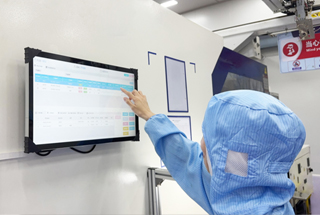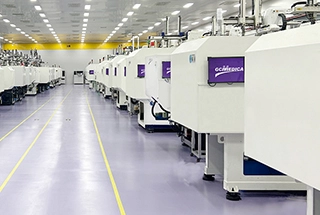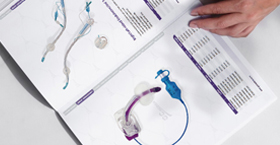Mucus clearing devices are specialized respiratory aids designed to help patients mobilize and evacuate excessive bronchial secretions. In healthy individuals, the mucociliary escalator and cough reflex work together to transport mucus out of the airways. However, in patients with chronic respiratory conditions—such as cystic fibrosis, bronchiectasis, chronic obstructive pulmonary disease (COPD) or neuromuscular weakness—mucus can accumulate, obstructing airflow and predisposing to infection. Mucus clearing devices support or augment natural clearance mechanisms by applying mechanical forces, oscillations, or suction to loosen tenacious secretions, facilitate cough, and improve ventilation.
These devices range from simple handheld oscillatory positive expiratory pressure (OPEP) tools to sophisticated high‑frequency chest wall oscillation (HFCWO) vests. Handheld OPEP devices generate back‑pressure and airway vibrations during exhalation, which reduce viscoelasticity of mucus and enhance cough efficiency. Mechanical vibration vests wrap around the thorax and deliver rapid percussive forces, simulating chest physiotherapy. Suction‑based catheters and endotracheal suction systems remove secretions directly from the trachea in ventilated or non‑ventilated patients unable to cough effectively. Emerging innovations include intrapulmonary percussive ventilation (IPV) and oscillatory intratracheal devices that combine pressurized gas pulses with percussion to further mobilize secretions deep within the bronchial tree.
Clinical benefits of mucus clearing devices include reduced frequency of respiratory infections, improved pulmonary function, decreased hospital admissions, and enhanced quality of life. Selection of an appropriate device depends on factors such as patient age, disease severity, mobility, and ability to cooperate. Proper training in device use and regular adherence to therapy protocols are essential to achieve optimal outcomes. Clinicians should also monitor for potential side‑effects—such as discomfort, hemoptysis, or respiratory fatigue—and adjust therapy intensity accordingly.
Finally, mucus clearing devices are most effective when integrated into a comprehensive airway clearance program that may include pharmacologic agents (e.g., mucolytics, bronchodilators), manual chest physiotherapy, and pulmonary rehabilitation exercises. Close collaboration among respiratory therapists, physicians, and patients ensures personalized therapy plans and ongoing assessment of treatment efficacy.
| Device Type | Mechanism | Indications | Key Features | Typical Materials |
|---|---|---|---|---|
| Handheld OPEP | Exhalation against resistance + oscillation | COPD, bronchiectasis, cystic fibrosis | Portable, low cost, requires patient effort | Medical‑grade plastic |
| High‑Frequency Chest Wall Vest | External percussion at 5–25 Hz | Severe impairment, neuromuscular disease | Hands‑free, adjustable frequency & pressure | Neoprene vest, tubing |
| Suction Catheter | Negative pressure applied via lumen | Intubated patients, unable to clear airway | Direct secretion removal, intermittent or continuous | PVC tubing, silicone |
| Intrapulmonary Percussive Ventilation (IPV) | Highpressure gas pulses + percussion | Refractory secretion retention, CF exacerbations | Deep penetration, automated cycles | Metal/plastic housing |
This table provides a concise comparison of device categories. When choosing a system, consider ease of use, patient comfort, required training, and compatibility with existing respiratory support. Regular evaluation and patient feedback will guide adjustments, ensuring effective mucus clearance and promoting long‑term pulmonary health.
Related Products
- Mucus Specimen Trap with Vacuum Breaker
- Mucus Trap with Tapered Connector


 Français
Français Español
Español Products
Products

 About Us
About Us











